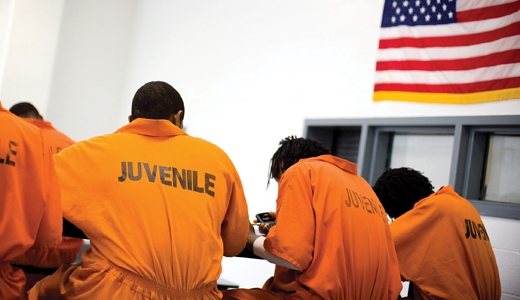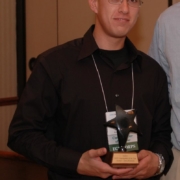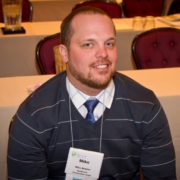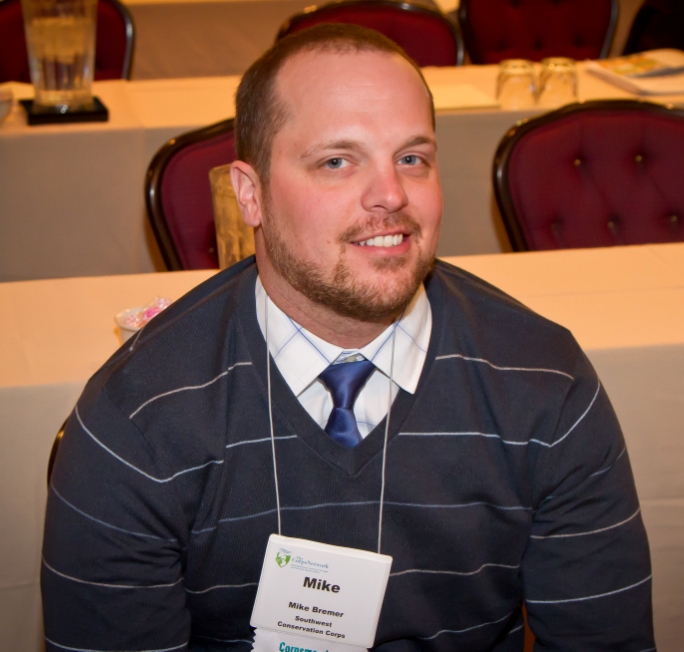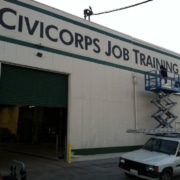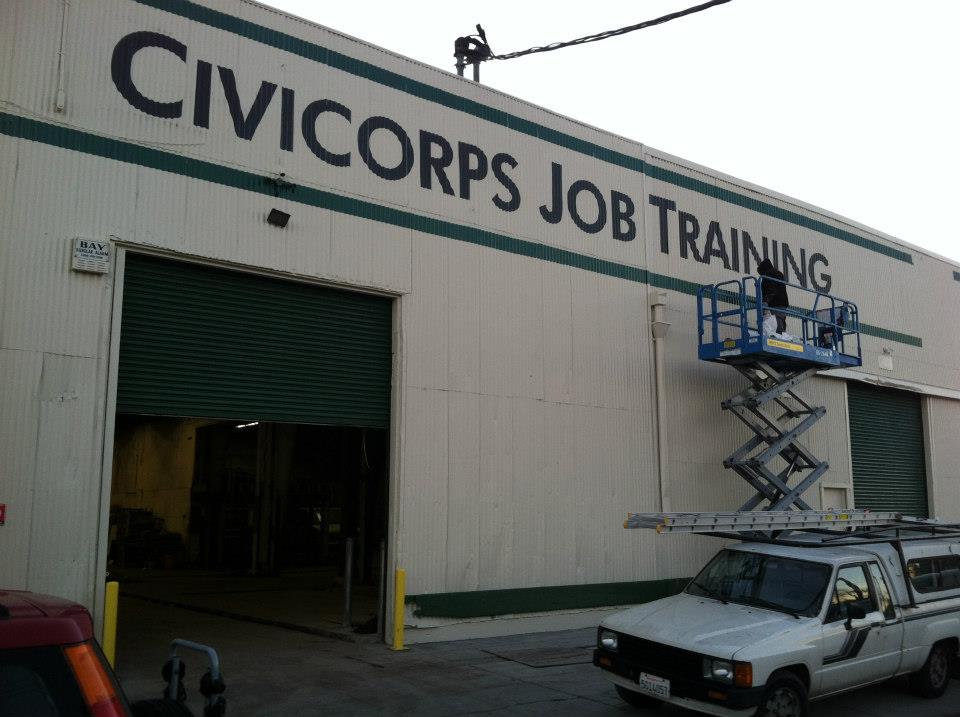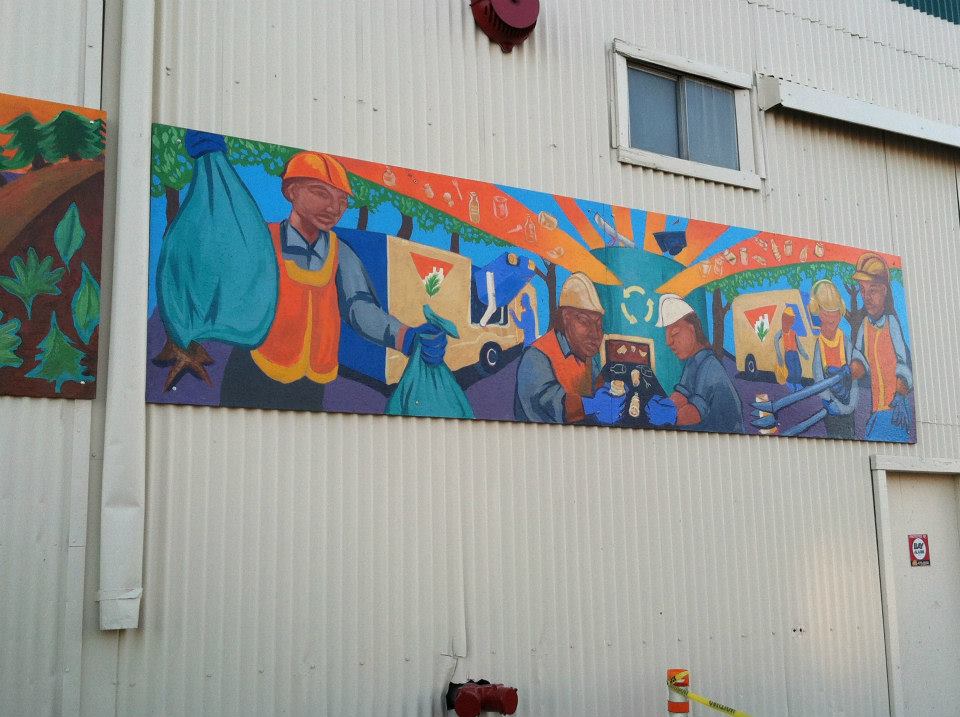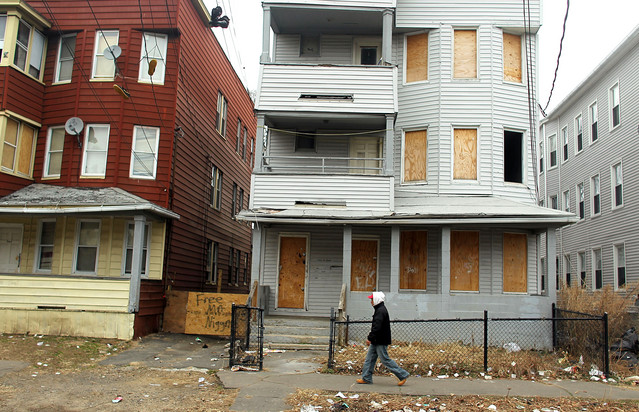
Opportunity Nation seeks to make sure that all Americans, no matter where they’re from, have the opportunity to get ahead in life and find economic success. (photo of Civicorps graduation in Oakland, CA)
Editor’s note: The Corps Network is a Coalition Partner of the Opportunity Nation campaign. Elizabeth Clay Roy, Deputy Director of Opportunity Nation, spoke at a plenary session on youth unemployment at The Corps Network National Conference, February 2013.
Children all across the country are told that they can be anything they want to be when they grow up. America is supposed to be the “Land of Opportunity,” but in reality, what is the likelihood that a child from Starr County, TX will grow up to be a scientist, or a lawyer, or the president of a Fortune 500 company? What are the chances that a budding entrepreneur in Loudon County, VA will be able to start a small business?
It’s no secret that where you grew up and where you live can factor enormously into your chances for upward economic mobility. While some people come from neighborhoods with safe streets, good schools, and plenty of desirable jobs, other people come from neighborhoods with no grocery stores, no doctors, and high crime rates. Simply put, some communities offer residents all the amenities and resources needed for personal success, while other communities offer limited pathways to opportunity.
Two organizations, Opportunity Nation and Measure of America, teamed up to create a tool that measures how much opportunity is available in every state and just about any given county in the U.S. This tool, the Opportunity Index, gives a numeric score and a letter grade to about 2,900 counties. All 50 states and the District of Columbia also received numeric scores.
To generate these scores, Measure of America compiled data from the U.S. Census and other publically available records to look at how each state and county fared in three dimensions: Jobs and Local Economy; Education; and Community Health and Civic Life. Rather than just looking at the unemployment rate and the poverty rate, the Opportunity Scores generated by the Index encompass multiple factors that have been demonstrated to impact academic and economic chances.
“We felt like there was a limited dialogue about how we were doing as a country economically,” said Elizabeth Clay Roy, Deputy Director of Opportunity Nation. “If the official unemployment rate goes up or down, that is significant for a few thousand people, but if new jobs are all low wage that doesn’t necessarily mean there’s going to be a serious impact on economic opportunity…It’s not just about the job you have today. It’s about a number of factors at the community level that can be a stepping stone to opportunity. For example, if you want to start a business but there are no banking institutions to give you a loan, that’s going to limit opportunity. If you have trouble concentrating in school because you’re so concerned about the violence happening in the streets, that’s going to impact opportunity.”
Opportunity Nation is not a research organization; it is a bipartisan national campaign made of community groups, faith-based organizations, non-profits, businesses and educational institutions working to expand economic opportunity. The Index gives Opportunity Nation information to support their campaign and a tool to help spread awareness about America’s opportunity gap.
“Part of what spurred our decision to create this Index was a conversation we had with a young man in New York City as a part of our National Listening Tour who said that he felt like the zip code he grew up in was more important than his GPA in determining his life chances,” said Ms. Clay Roy. “This wasn’t a young man who was trying to excuse a low GPA. He had done well in high school, but he was trying to say that those grades were less important than the school he went to in terms of his chances of getting ahead. We realized how important it was to consider place and community as indicators of opportunity.”
The three dimensions that factor into a state or county Opportunity Score (Jobs and Local Economy, Education, and Community Health and Civic Life) are broken down into numerous indicators of opportunity that can be measured with the data compiled by Measure of America. For example, to see how a region is doing in the Jobs and Local Economy dimension, the Index looks at (among other things) the unemployment rate, the poverty rate, and how many banking institutions there are per 1,000 residents. The Education Dimension looks at preschool enrollment, the on-time high school graduation rate, and the number of adults with at least a bachelor’s degree. The Community Health and Civic Life dimension looks at (among other things) violent crime rates, the number of primary care physicians, and the number of young adults who are unemployed and not in school.
So how much opportunity is available for that child in Starr County, TX? How much opportunity is available to that entrepreneur in Loudon County, VA? Starr County received a D minus on the Opportunity Index, while Loudon County received an A minus. Starr has a median household income of less than $25,000 and nearly 40 percent of the population lives below the poverty line. Loudon County on the other hand has a median household income of over $115,000 and a poverty rate of only about 3 percent. However, the results of these two indicators are perhaps not what resulted in the two counties having such drastically different scores on the Opportunity Index.
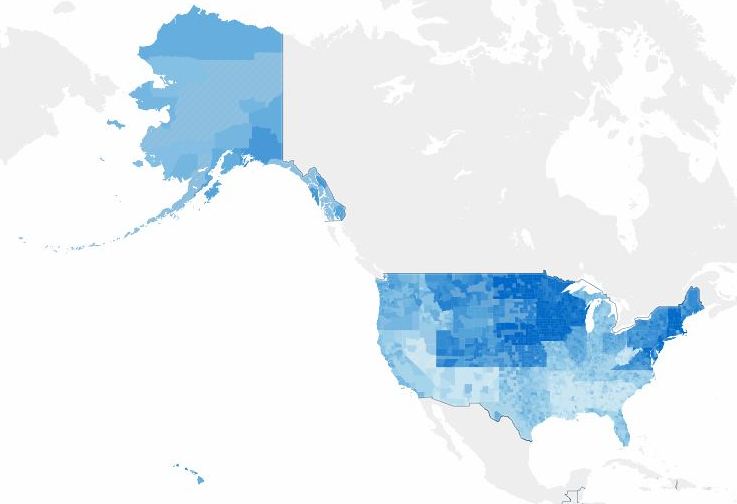
The Opportunity Index map. The darker blue areas are places with higher Opportunity Scores. The lighter blue areas are places with lower Opportunity Scores.
“When we initially did the Index we thought that the indicator that would be most highly correlated with a state Opportunity Score would be median income, or the poverty rate – something that indicated how wealthy the state is. But as it turned out, the indicator that most correlated with a state’s opportunity score was the percentage of 16 – 24 year olds not in school and not working,” said Ms. Clay Roy. “In a state like Nevada, where you have a high proportion of young people not in school and not working, you get a very low score. In states like Vermont and Minnesota where you have more young people in school and working, you have higher opportunity scores.”
The Opportunity Index tells us that places like Starr have limited opportunity, but what can be done to help such communities raise their scores? How can we help a state like Nevada be more like Vermont or Minnesota? As part of their campaign to build stronger, more equitable local economies, Opportunity Nation and its coalition members are providing numerous forms of assistance to communities that want to raise their scores.
According to Elizabeth Clay Roy, the first thing Opportunity Nation can do to help a community like Starr is provide more detailed information about how their score was compiled. With specific data, Opportunity Nation can help communities pinpoint policy changes or initiatives that could help raise their score.
“We’re looking to engage elected officials to become aware of these scores and begin governing for opportunity and start to think about making some of their policy decisions in line with advancing opportunity,” said Ms. Clay Roy.
A second way Opportunity Nation is helping communities is with technical assistance and mini grants. Opportunity Nation has helped make connections between some of their coalition members and local community leaders. For example, they have helped leaders in Hampden County, MA connect with The Springfield Institute and a number of nearby colleges in order to develop plans to address the county’s Opportunity Score. The $1,000 mini grants Opportunity Nation provides generally go towards kicking off local events or service projects that could increase Scores.
Another thing Opportunity Nation has done is simply make sure that stakeholders know about the Opportunity Index. Opportunity Nation works with community leaders and media on a local level to spread awareness. The Index has also received national media attention; since its launch in 2011 the Index has been featured on the cover of TIME magazine, in Newsweek, and on the Huffington Post website. They hope to continue to build media attention and awareness with each new release of the Index.
“Ultimately we believe that no one leader or one institution alone can increase opportunity scores. We think this tool has value for elected officials and institutional leadership, but also for community members of all stripes,” said Ms. Clay Roy. “I think only when there is interest from every side will there really be change. Some elected officials may learn about the Index from an organization like ours and get interested, but I think more likely they’re going to be more influenced when their constituents begin to say we’re disappointed in our score and we know we can be a community that’s better than a C and we want to work together to change this.”
Ms. Clay Roy stressed the importance of making sure the Opportunity Index reached people who are passionate about volunteering, service, and mentoring. Volunteer projects and mentoring can be very important parts of increasing a score in a specific dimension or moving a county’s grade from a C to a B. These kinds of projects are also important in how they help people build a connection with their community and feel a sense of responsibility for how their community scores on the Index.
Opportunity Nation hopes to see an across the board 10 percent increase in opportunity within the next 10 years. They created the Shared Plan to lay out policy and nonpolicy ideas that they believe will lead to increased scores. The Shared Plan’s recommendations include boosting mentoring, engaging employers in connecting with young people, and reauthorizing and reforming the Perkins Career and Technical Education Act.
“Even just between 2011 and 2012 there were real changes. We saw improvement for 40 percent of counties in terms of their grade,” said Ms. Clay Roy. “We see the Opportunity Index as a community awareness and advocacy tool, so we’re really excited that a lot of our grassroots partners around the country have gotten excited or incensed by their Index scores and have started to build local coalitions around community organizations to try and increase their scores…Community organizations have always been at the forefront of advancing opportunity and mobility and economic security. Adding this data just arms them even more with the tools they need to do their work well.”
The Opportunity Index has been released with data for 2011 and 2012. Opportunity Nation plans to continue to release the Index with updated information.
Click here for a PDF describing the Opportunity Index.
